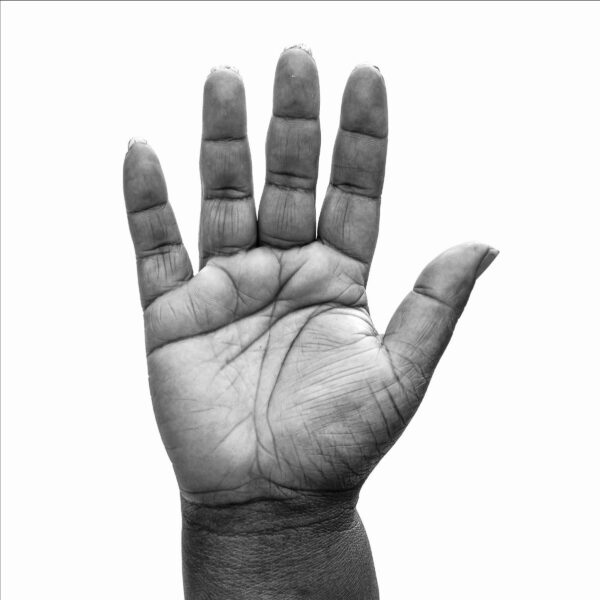
An American’s first wine encounter in Europe can elicit surprise. It’s not that Europeans keep the best for themselves — a strangely persistent canard. Rather, it’s the temperature at which wine is served. Whites abroad are typically served a bit warmer, reds consistently cooler than Americans are used to. Is this just a matter of taste, or do those EUers know something we don’t? And how can we know what temp is right for a given wine?
50-55 degrees represents an ideal range for wine to mature safely and gracefully in a cellar. It just so happens that this same bracket is close to ideal for consuming many white wines, and not a few reds. To gauge this without recourse to a thermometer or a European (hardly ever nearby when you need one), wrap your hand around the fattest part of the bottle. If the sensation reminds you of how you want a cool glass of water freshly drawn from a tap to feel, you’re likely in the ballpark. Refrigerator cold is always too cold, as it supresses aromatic and flavor expression and can give acidity an unwelcome perceptual boost.
On the other hand (you might say), warmth tends to rob red wine of vivacity and charm and dull freshness. For lighter, more delicate reds (think Beaujolais and Loire Valley), you’ll want to be close to white wine territory (the hand test works here, too). Add a few therms for wines that go up the weight and richness scale. Actual room temp (68-70 degrees) will be far too warm for all but the most muscular reds.
A wine brought to the table too cold will gradually rise in temperature, of course, at some point passing through a thermal window that represents its sweet spot. Too-warm wine is not about to cool down without intervention, however. When you need a quick chill, pop that bottle into a bucket with a slurry of ice and water (slip the bottle into a plastic bag first).
As restaurants are as likely to get all this wrong as ordinary folk are, never be reluctant to put your hand on that bottle of red the sommelier is about to uncork and, sensing something approaching body temperature, politely but firmly insist that it be cooled down.
To hastily warm a too-cool wine, a few minutes’ bath in tepid (not hot) water will do the trick.
Like cellaring or decanting, temperature management is a basic skill in the savvy wine consumer’s tool kit. Getting it right can make a real difference, even if it’s only one of degree.